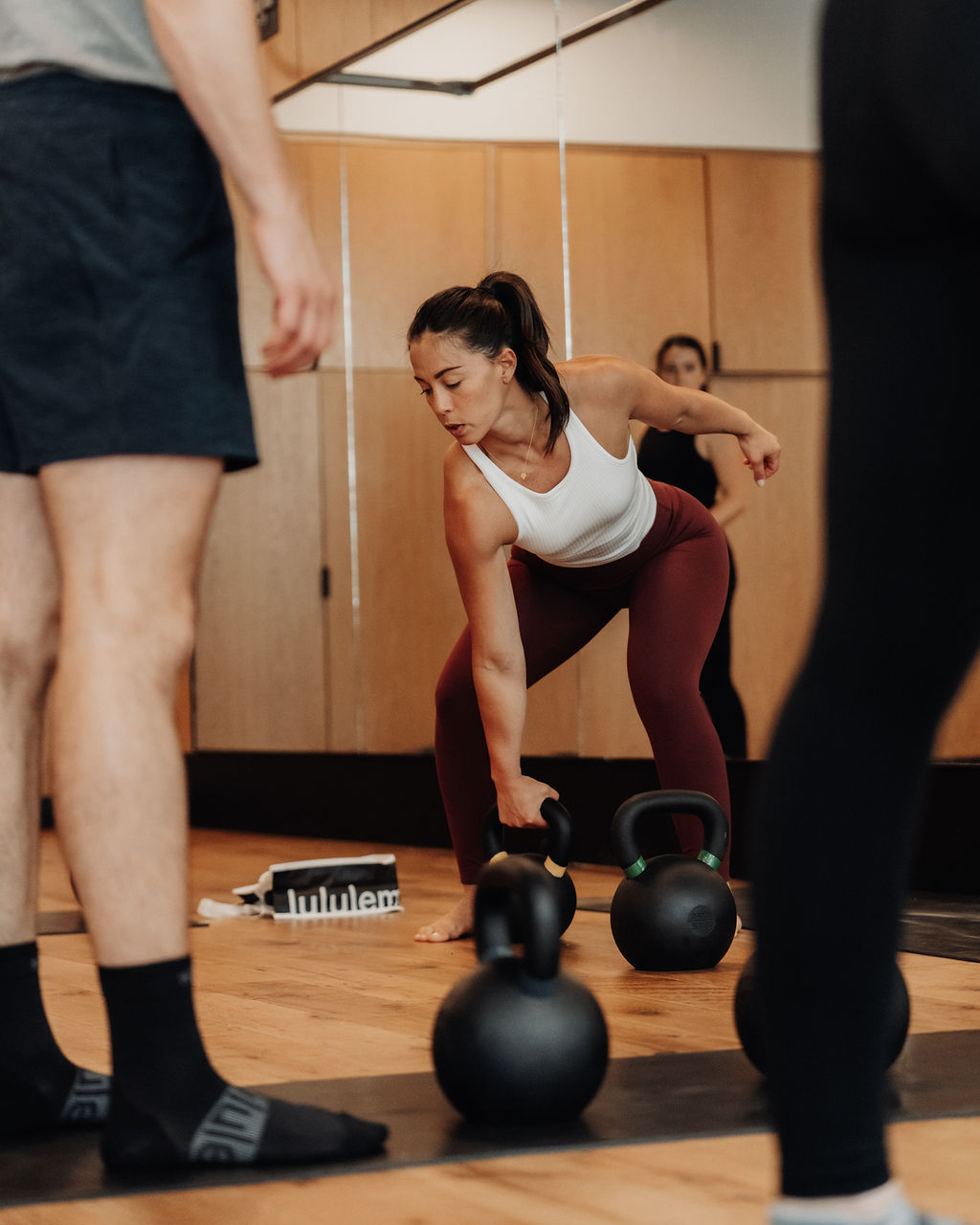When it comes to fitness, there’s a common misconception that Pilates can replace strength training. Many women, in particular, turn to Pilates as a way to “tone” their bodies without the fear of bulking up or putting too much strain on their joints. While Pilates offers many benefits, it doesn’t serve the same purpose as strength training. In fact, one cannot replace the other, and here’s why.
Pilates is an incredible practice. It focuses on improving core strength, flexibility, posture, and balance, making it a fantastic addition to any fitness routine. However, it’s important to understand that Pilates simply doesn’t have the same effect as strength training when it comes to building muscle. Strength training is designed to progressively overload your muscles — a key component for building muscle mass and strength. It involves using external weights (or resistance) to challenge your muscles beyond what they’re accustomed to, forcing them to adapt and grow. This is what leads to the muscle definition and strength gains that many women seek. Pilates alone won’t provide this level of intensity or overload, which is why it can’t be a substitute for strength training.
While Pilates can’t replace strength training, it can be a wonderful complement. Pilates enhances flexibility, improves posture, and strengthens smaller, stabilizing muscles, which are critical for overall mobility and functional strength. For example, Pilates movements can help improve core engagement and stability, which directly supports better form and efficiency in strength training exercises. Strength training, meanwhile, focuses on larger muscle groups, building strength, increasing bone density, and boosting metabolism. By incorporating both Pilates and strength training into your routine, you can create a balanced fitness program that improves your mobility, strength, and endurance. Pilates offers valuable benefits like increasing flexibility and reducing muscle tension, making it an excellent tool for recovery and injury prevention after heavy lifting or intense workouts.
One reason women might opt for Pilates instead of strength training is the lower-impact nature of the exercise. Pilates is often seen as gentler on the body, especially for those who feel overwhelmed or stressed by the intensity of strength training. It’s a great option for improving core strength, flexibility, and overall body awareness. However, relying solely on Pilates because it feels easier or less intense isn’t the best approach for long-term health and fitness goals. In fact, some women use Pilates as a form of recovery or as a low-impact alternative when they’re not ready to commit to the intensity of weightlifting. While Pilates can be a great addition to a well-rounded fitness routine, it shouldn’t be relied upon as the sole form of exercise.
If you continually skip strength training in favor of Pilates, you may run into long-term challenges. Pilates is fantastic for improving core strength and flexibility, but it doesn’t build the muscle mass or functional strength that comes from lifting weights. Without strength training, you risk losing muscle mass over time, especially as you age. Muscle mass is important not only for strength, but also for maintaining metabolism and bone health. Strength training stimulates muscle growth, enhances your metabolic rate, and strengthens your bones, which Pilates alone can’t accomplish.
The Bottom Line: Strength Training and Pilates Should Go Hand-in-Hand
Rather than viewing Pilates and strength training as competing forms of exercise, think of them as complementary practices that work together to enhance your overall fitness. Pilates is a fantastic addition to any strength-focused workout program because it helps improve flexibility, posture, and core strength, all of which will enhance your performance during strength training.
To truly get the benefits of both, I encourage you to incorporate strength training into your routine. It’s essential for building muscle, increasing metabolism, and improving functional strength. Pilates can then act as a support system to enhance recovery, improve mobility, and reduce the risk of injury. In short: Pilates is a fantastic tool, but it’s not a substitute for strength training. Both have their unique benefits and should work together to help you achieve your fitness goals and stay healthy in the long run.
